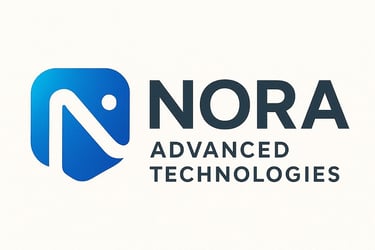Biomedicine Nanocomposites & Coatings
Transforming medical devices with advanced nano-coatings for better patient outcomes.
Healthcare Applications
Revolutionizing medical devices with advanced nano-coatings for better treatment outcomes.


Enhanced Recovery
Improving recovery times through advanced treatment technologies.
Cost Efficiency
Reducing hospital stays and healthcare costs with innovative solutions.
Rapid Adoption
Significant interest from hospitals and biotech firms for immediate implementation.
Healthcare Innovations
What are nano-coatings?
Nano-coatings are thin layers applied to medical devices to enhance their functionality and effectiveness. These innovative coatings not only improve the performance of the devices but also provide additional benefits such as biocompatibility, corrosion resistance, and antimicrobial properties. By increasing the longevity and reliability of the devices, nano-coatings play a crucial role in modern medicine, contributing to better patient outcomes and reliability in medical treatments.
How do they improve treatments?
They enhance drug delivery systems, which play a crucial role in modern medicine, leading to better treatment outcomes and significantly faster recovery times for patients. These advancements not only improve the efficacy of the medications used but also ensure that patients experience fewer side effects, resulting in a more comfortable treatment journey overall.
What is the market demand?
There is significant interest from hospitals and biotech firms, with expectations for rapid adoption of these technologies in healthcare applications. This growing enthusiasm is driven by the potential to improve patient outcomes through cutting-edge innovations. Many organizations are now investing heavily in research and development, aiming to integrate these advanced solutions into their existing systems. As a result, we can expect to see a transformative shift in how healthcare is delivered, making it more efficient and personalized for patients across various demographics.
What is the implementation timeline?
Initial trials are expected within 12 months.
How do they reduce costs?
By improving recovery times and reducing hospital stays, these innovations can significantly lower healthcare costs. This is particularly important in today's rapidly evolving healthcare landscape, where efficiency and patient satisfaction are paramount. Moreover, shorter hospital stays not only benefit patients by allowing them to recover in the comfort of their own homes but also support healthcare systems in managing their resources more effectively. As such, continued investment in medical technologies and practices that expedite recovery and streamline processes is crucial for better health outcomes and a more sustainable healthcare environment.
What is the potential impact on healthcare?
The potential impact includes enhanced treatment effectiveness, shorter recovery periods, and overall improved patient outcomes in healthcare settings.
Healthcare Applications
Enhancing healthcare through advanced technology applications.


Nano-Coatings
Improving medical device effectiveness.


Drug Delivery
Targeted systems for better treatment outcomes.




Recovery Times
Faster recovery with innovative treatments.
Cost Savings
Reducing healthcare costs through efficiency.


